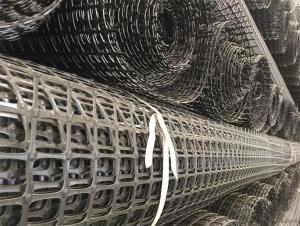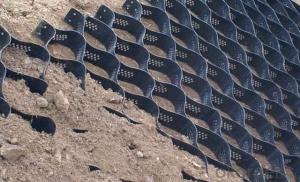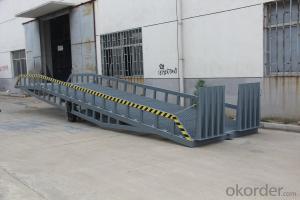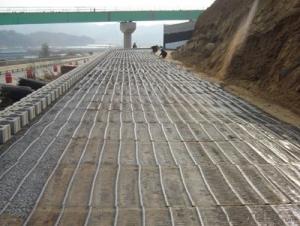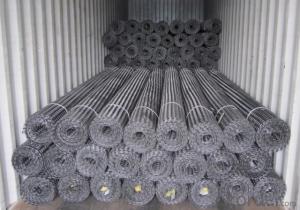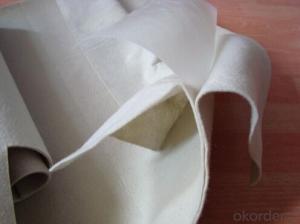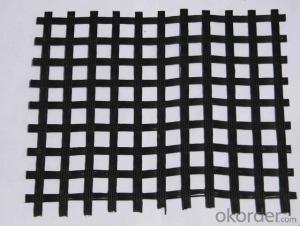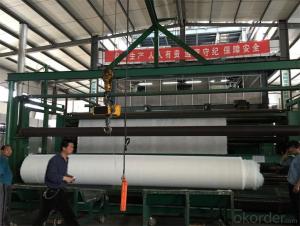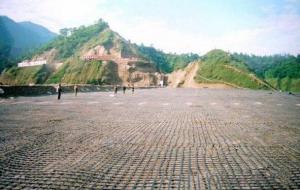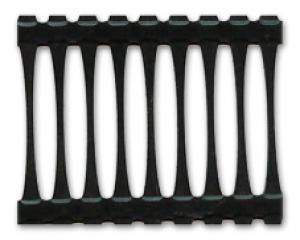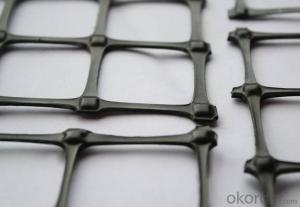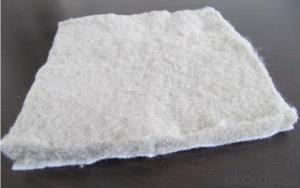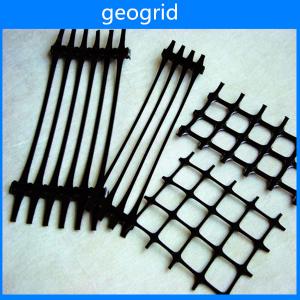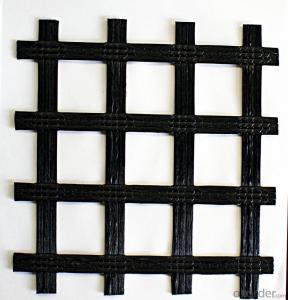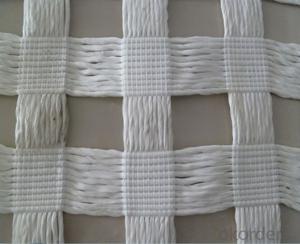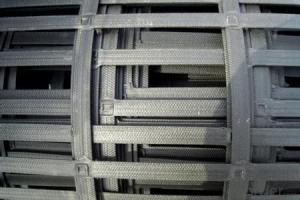Geogrid Slope
Geogrid Slope Related Searches
Led For Cannabis Growing Fiberglass Sheets For Roofing Geogrid For Road Construction Geogrid For Erosion Control Geogrid For Soil Stabilization Geogrid For Horse Paddocks Geogrid For Gravel Geogrid For Pavers Geogrid For Steep Slopes Geogrid For DrivewaysHot Searches
Geogrid Fabric For Sale Geogrid For Sale Near Me Tensar Geogrid For Sale Geogrid For Sale Geogrid China Geogrid Mesh Price Geogrid Fabric Price Geogrid Roll Price Geogrid Price List Tensar Triax 160 Geogrid Price Tensar Ss40 Geogrid Price Tensar Tx160 Geogrid Price Triax Geogrid Price Geogrid Price Tx160 Geogrid Price Geogrid Fabric Home Depot Tensar Type 2 Geogrid Type 2 Geogrid Fiberglass Scaffolding For Sale Fiberglass Panels For SaleGeogrid Slope Supplier & Manufacturer from China
Okorder.com is a professional Geogrid Slope supplier & manufacturer, offers integrated one-stop services including real-time quoting and online cargo tracking. We are funded by CNBM Group, a Fortune 500 enterprise and the largest Geogrid Slope firm in China.Hot Products
FAQ
- Is there a big difference between horizontal permeability and vertical permeability coefficient
- For example, geotextile, geomembrane, soft water pipes, etc.. According to the direction of the water flow, the coefficient of permeability of the geotextile is measured
- Geogrids help in soil reinforcement by providing a strong and stable framework within the soil, preventing its movement and improving its load-bearing capacity. They act as a tensional element, distributing the applied loads and reducing the stress on the soil. This reinforcement helps in preventing soil erosion, improving slope stability, and enhancing the overall performance and longevity of various civil engineering structures.
- Yes, geogrids can be used for reinforcement in asphalt overlays. Geogrids are commonly utilized to improve the overall performance and longevity of asphalt overlays by enhancing their tensile strength, reducing cracking and rutting, and providing structural support.
- Yes, geogrids can be used in pipeline trench stabilization applications. Geogrids are commonly used to improve soil reinforcement and provide stability to trenches, including those used for pipelines. They help to distribute loads, prevent soil erosion, and increase the overall strength of the trench.
- Geogrids improve the stability of embankments and slopes by providing reinforcement and enhancing the load-bearing capacity of the soil. They are designed to distribute the applied forces more uniformly, reducing the potential for soil movement and erosion. The geogrids act as a barrier, preventing the sliding of soil particles and promoting interlocking between the soil and the geogrid material. This reinforcement helps to increase the overall stability of the embankments and slopes, reducing the risk of slope failure and collapse.
- Sampling method of Geogrid
- The best way is to ask the quality inspection station, sampling is not the same everywhere
- Geogrids improve the performance of geotextile-reinforced retaining walls by providing additional strength and stability. They help distribute the load more evenly across the geotextile, reducing stress and potential failure points. Geogrids also prevent excessive lateral movement and improve overall structural integrity, increasing the retaining wall's ability to withstand external forces such as soil pressure.
- Yes, geogrids are typically designed to be resistant to chemicals and environmental degradation. They are made from materials such as high-density polyethylene (HDPE) or polyester, which have excellent resistance to chemical attack and can withstand harsh environmental conditions, including exposure to UV radiation and temperature variations. These properties make geogrids durable and reliable for various engineering applications.
















